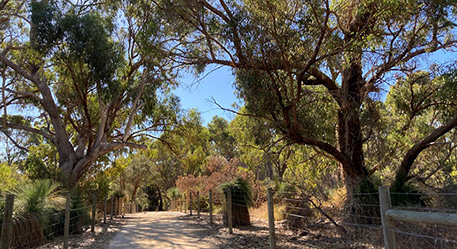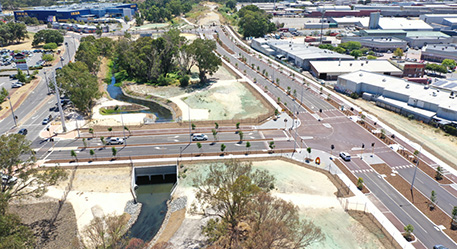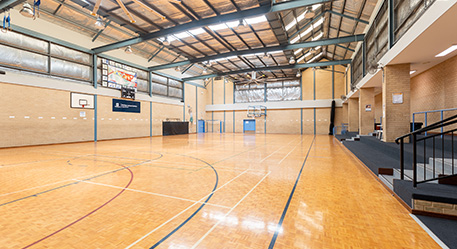
- Scrolling to Introduction
- Scrolling to Typography
- Scrolling to Headings
- Scrolling to Tables
- Scrolling to Image sizing
- Scrolling to Shaping our City image sizing
- Scrolling to Event calendar image sizing
- Scrolling to Colour palette
- Scrolling to Widgets
- Scrolling to Icons
- Scrolling to Buttons and forms
Welcome to the City of Stirling's website style guide. You will find the widgets available for use as well as the website style elements.
Design standards
- Intro text on a standard internal page should be set as Inline Class > Intro text
- Intro text on a standard landing page should be set as Inline Class > Intro text
- Single space only between full stop and start of sentences housed in a paragraph
- Full stops on last bullet point only
- Title case headings
- External links and all documents to open in a new tab
- More information and contact section to only be used if details are different from contact centre
- Video Media: Specs should be 1600 x 640px so it’s 16:9 ratio. If video doesn’t match up exactly, keep width
- Contact detail style out of an accordion and in a Location Map widget – see Lost and found pets for example
- FAQ’s/Terms and Conditions are to be housed in an accordion, with an explanation of what’s included.
- Accordion headings (H2) can either go in an additional Editable Text Widget or in the bottom of the previous Widget
- Processes/Procedures to be housed in an accordion, such as ‘barking dog complaint process’.
Typography
Headings
H1 City of Stirling Website Style guide
H2 heading
Intro body text - Lorem ipsum dolor sit amet, consectetur adipiscing elit, sed do eiusmod tempor incididunt ut labore et dolore magna aliqua. Ut enim ad minim veniam, quis nostrud exercitation ullamco laboris nisi ut aliquip ex ea commodo consequat.
H3 heading
Standard body text - Lorem ipsum dolor sit amet, consectetur adipiscing elit, sed do eiusmod tempor incididunt ut labore et dolore magna aliqua. Ut enim ad minim veniam, quis nostrud exercitation ullamco laboris nisi ut aliquip ex ea commodo consequat.
H4 heading
Lorem ipsum dolor sit amet, consectetur adipiscing elit, sed do eiusmod tempor incididunt ut labore et dolore magna aliqua. Ut enim ad minim veniam, quis nostrud exercitation ullamco laboris nisi ut aliquip ex ea commodo consequat.
H5 heading
- Lorem ipsum dolor sit amet, consectetur adipiscing elit
- Sed do eiusmod tempor incididunt ut labore et dolore magna aliqua
- Ut enim ad minim veniam
- Quis nostrud exercitation ullamco
- laboris nisi ut aliquip ex ea commodo consequat.
H6 heading
- Lorem ipsum dolor sit amet, consectetur adipiscing elit
- Sed do eiusmod tempor incididunt ut labore et dolore magna aliqua
- Ut enim ad minim veniam, quis nostrud exercitation ullamco laboris nisi ut aliquip ex ea commodo consequat.
Tables
| Alternate rows no heading | ||||
| Table heading alternate rows | |
|---|---|
| Table footer alternate rows |
Image sizing
Please note: For standard use cases, (1x) image resolution is fine for images across the City's website. When liaising with your Marketing Officer, they will determine whether you will need (1x) or (2x) depending on your request
Find the standard image sizing for the City's website:
Located on Homepage and Shaping our City - for both mobile and desktop.
Usually located with an accordion widget
The image size does not include the caption corporate blue box.
The image size does not include the caption corporate blue box.
For Hotbox Listing (home/related news/news listing) and Detail Page
Hi-res image for breaking news on news listing. If not selected it will load normal teaser image.

The image size does not include the caption corporate blue box.
These are icons used for the quick link icons, column widget and statistics widget.
Shaping our City image sizing
Event calendar image sizing
This will show on the event listings page and also shown on the event details page.
For featured on home page. If not selected it will load normal teaser image.
For featured image on event listing page. If not selected it will load normal teaser image.
Colour palette
Widgets
Video Text Widget
Corporate blue
#002A42
Corporate blue tint
40% - #99AAB3
20% - #CCD4D9
10% - #E5EAEC
5% - #F2F4F6

Image Text Widget
Teal (new)
#00838F
Teal tint
20% - #CCE6E9
10% - #E5F3F4

Image Text Widget
Beige
#F5EEE6
Lorem ipsum dolor sit amet, consectetur adipiscing elit, sed do eiusmod tempor incididunt ut labore et dolore magna aliqua. Ut enim ad minim veniam, quis nostrud exercitation ullamco laboris nisi ut aliquip ex ea commodo consequat.

Image Text Widget
Lilac
#D3BBDD
Lilac tint
20% - #F6F1F8
10% - #FBF8FC

Image Text Widget
Rusty red
#CF4324
Rusty red tint
20% - #F5D9D3
10% - #FAECE9
Red error message
#C90D0D (error message)
Accordion widget
Unreasonable barking occurs
A dog is barking persistently or creates noise to such a degree that it unreasonably interferes with the peace, comfort or convenience of any person in any place.
Dog owner approached
If the affected person/s feels comfortable, politely approach the dog owner to discuss the issue or leave a courteous note in their letterbox to outline when the barking is occurring.
Complaint lodged
If two weeks since notifying the dog owner have passed and the barking has continued to be unreasonable, the affected person should contact the City of Stirling via the Customer Contact Centre to lodge a complaint. Please be aware that it is essential you identify the property where the dog resides.
Both owner and complainant are contacted
The Community Safety team will contact the involved parties by post. The dog owner will receive information on how to address the dog noise issue and will be given time to take necessary measures to reduce the barking. The complainant will be given a 10-day dog noise diary, information on how to complete the diary and other resources that may be helpful.
Barking reduces
If the barking has subsided to an acceptable level after two weeks, no further action will be taken and the complaint will be closed.
Unreasonable barking continues
If the barking has continued to be unreasonable after two weeks, the complainant will need to complete the 10-day dog noise diary. Please ensure that the actual number of barks/howls/whines is recorded in the diary as well as the length of time each day the barking has occurred. The completed diary is then submitted to the Senior Ranger for assessment.
Action taken
Depending on the outcome of the dog noise diary assessment, the appropriate action will be taken. Please note, the complainant will be notified if a diary has been completed incorrectly, or if the dog noise is considered reasonable as per the guidelines for nuisance dogs.
Dogs do not bark without a reason. Barking can occur when the dog is excited, when it’s threatened, when seeking its owner’s attention or when responding to a distant sound or signal.
To stop a dog from barking excessively you first need to find out when and why the dog is barking. The problem should then be treated in the early stages, as prolonged and habitual barking is very difficult and time-consuming to correct.
Excessive barking may be due to:
- Boredom or lack of exercise - Some dogs require more stimulation than others. Whether your dog is full of energy or has a curious mind, it’s important to make sure your dog’s needs are met by providing adequate physical exercise before you leave the house and leaving them with mental enrichment toys. Some experts recommend a minimum of two hours exercise daily for certain breeds of dog.
- Breed - Barking is a natural behaviour that may occur more in some breeds than others, often due to temperament and other breed traits Prospective owners should carefully consider this when selecting a dog suitable for their lifestyle and home environment.
- Confinement -Dogs will bark at any noises or movements they can see, hear or smell, but are not able to investigate or reach. People or dogs passing by, birds or aeroplanes flying overhead, a lawnmower, the telephone ringing, a knock on the door or the sound of other dogs may trigger a bout of barking.
- Isolation - Dogs are social animals and will actively seek the company of other dogs and people. When left alone in backyards all day, they may bark for attention. Most dogs will adapt to being left on their own if conditioned to do so from an early age, but this is not always the case.
- Fence-line distractions - A dog should not be kept near a walkway, hostile neighbours, or where children can tease it. The location of the dog’s kennel or run may need to be changed if it is too close to a neighbour or other distraction. Neighbours who have dogs that growl and bark at each other should restrict each of the dogs’ access to the fence-line. A high, solid fence, or confining the dog to the rear of a property, can prevent a dog from growling, barking or lunging at passers-by.
- Visitors - A dog will often bark at visitors arriving, whether they are strangers or friends, especially if it is behind a barrier. If a dog is introduced to visitors, it won’t be so vocal when they arrive.
- Anxiety - Many dogs are anxious or insecure when their owners are absent and may cope with the stress of separation by barking, digging or chewing. Enrichment toys or hide bones can be given to the dog before its owner leaves home, as these can provide an outlet for the dog’s anxiety. Minimal attention should be given to the dog before its owner leaves the property.
- Excitement - Excitable dogs will bark when overstimulated. This frequently occurs during play, or when the dog is chasing a ball or birds in the garden.
- Changes in the dog’s life - A major change in an older dog’s lifestyle or environment may cause excessive barking. If an owner starts working longer hours, a marriage breaks up, a new baby arrives or a family shifts house, the amount and type of attention the dog receives or its status in the household may change. Instead of ignoring the dog, the owner should establish a new routine that includes exercise, training and play.
- Discomfort - Dogs that are hot, wet, cold or without shelter may bark, as will dogs that are hungry, thirsty, sick or in pain. Before leaving home, owners should ensure their dog has access to bedding, food, water and familiar toys throughout the day. Dogs that are kept inside should have access to the outside when their owners are absent.
- Teaching the dog to bark - Sometimes when you’re trying to quieten your barking dog you can accidentally teach them that barking is good and will get them what they want. ‘Rewards’ such as going for a walk, bringing your dog inside and giving them treats should not be used to interrupt your dogs barking. These methods can provide a short-term fix in the moment but will lead to ongoing problems.
There is no quick fix or easy solution to problem barking. Some dogs have behavioural problems such as separation anxiety, which requires specific treatment and behavioural modification. Once you identify why your dog is barking you will need to work out the best way to address it. Dependent on the reason your dog is barking, there may be several solutions available to you. For advice on the best approach for your situation, consider approaching:
- Your local veterinarian
- A dog obedience club
- An animal behaviourist.
Physical punishment should never be used to train your dog. As well as being cruel, hitting a barking dog does not achieve anything except to reward the dog by giving it the attention it was seeking. Even though the attention is negative, the dog will only remember that it’s actions (barking) resulted in getting attention. Physical punishment also increases the likelihood of future barking by making the dog more anxious and may also cause it to bite when threatened in the future.
Tab widget
Under the WA Dog Act 1976 an attack is defined as:
- Aggressively rushing at or harassing any person or animal
- Biting, or otherwise causing physical injury to, a person or an animal
- Tearing clothing on, or otherwise causing damage to the property of, the person attacked
- Attempting to attack, or behaving in such a manner toward a person as would cause a reasonable person to fear physical injury.
It is important to note that a dog does not have to cause injury for a dog attack offence.
The City treats dog attacks very seriously and investigates all reports of a potential dog attack. If you or your dog are involved in a dog attack, seek appropriate medical or veterinary attention immediately, then contact the City’s Rangers on (08) 9205 8555 and inform them of the incident.
To assist with investigations, try to obtain the following information:
- Description of the dog or dog owner
- Dog owner and/or witness information
- Photos of any injuries sustained as a result of the dog attack
- Location, date and time of the incident
- Medical and veterinary documentation should you or your pet require treatment
- Vehicle registration of the dog owner (if available).
The outcome of a dog attack can result in either infringements being issued or a court prosecution.
Where the attack causes physical injury, the person in control of the dog may incur penalties of up to $10,000. If the offence relates to a dangerous dog there may be penalties up to $20,000.
If no physical injury is caused, the person in control of the dog may incur penalties of up to $3,000 and up to $10,000 if the offence relates to a Dangerous Dog.
Whether you are a dog owner or someone in control of a dog, you are legally responsible for how your dog behaves. By effectively controlling your dog you can prevent it from attacking people and other animals. To prevent a dog attack, always:
- Be aware of your surroundings
- Always keep your dog under effective control
- Do not approach other dogs without the permission of the owner.
Image gallery
Icons
Related widgets
News can be categorised and filtered by:
- Categories
- Invisible tags
- Suburb.
Events can be categorised by:
- Selecting individual or specific events or;
- By sorting them out by categories:
- Suburb
- Private category
- Event or program
- Events type (pet friendly, wheelchair accessible etc)
- Category.
Projects can be categorised and filtered by:
- Selecting individual or specific projects or;
- By sorting them out by categories:
- Project category
- Engagement or project
- Suburb.
Related project and community engagement widget
Location map widget
City of Stirling Administration Centre
ABN 26 744 398 382
- 25 Cedric Street, Stirling WA 6021
-
Monday - Friday, 8.30am - 5.00pm
- (08) 9205 8555

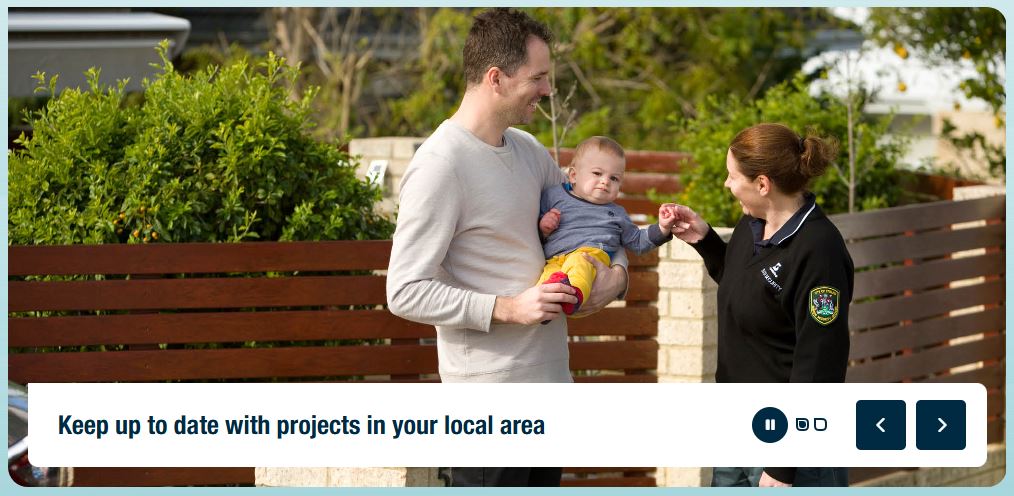


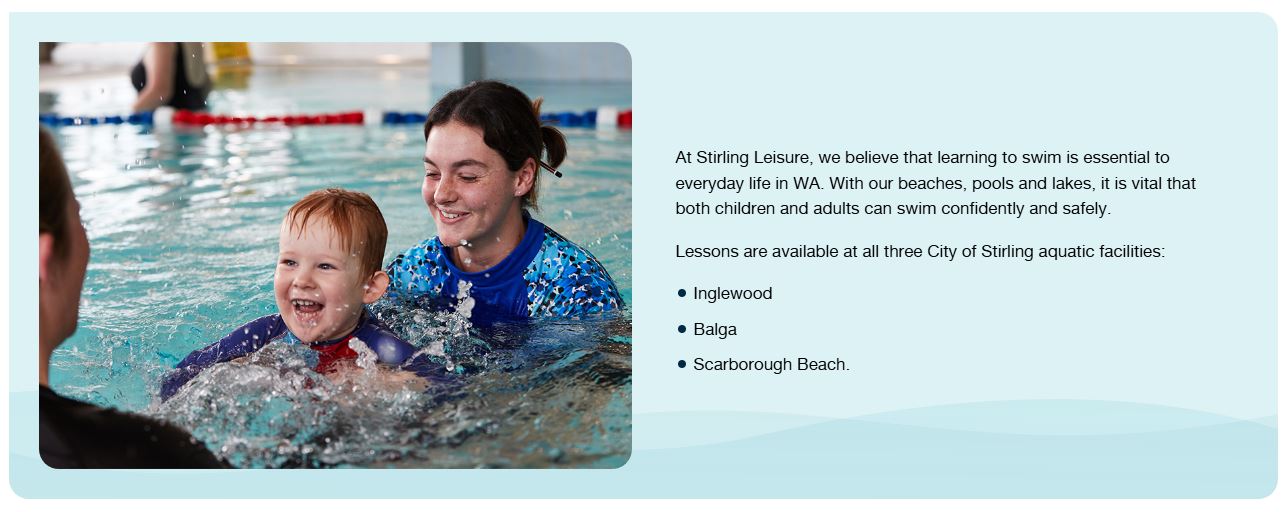
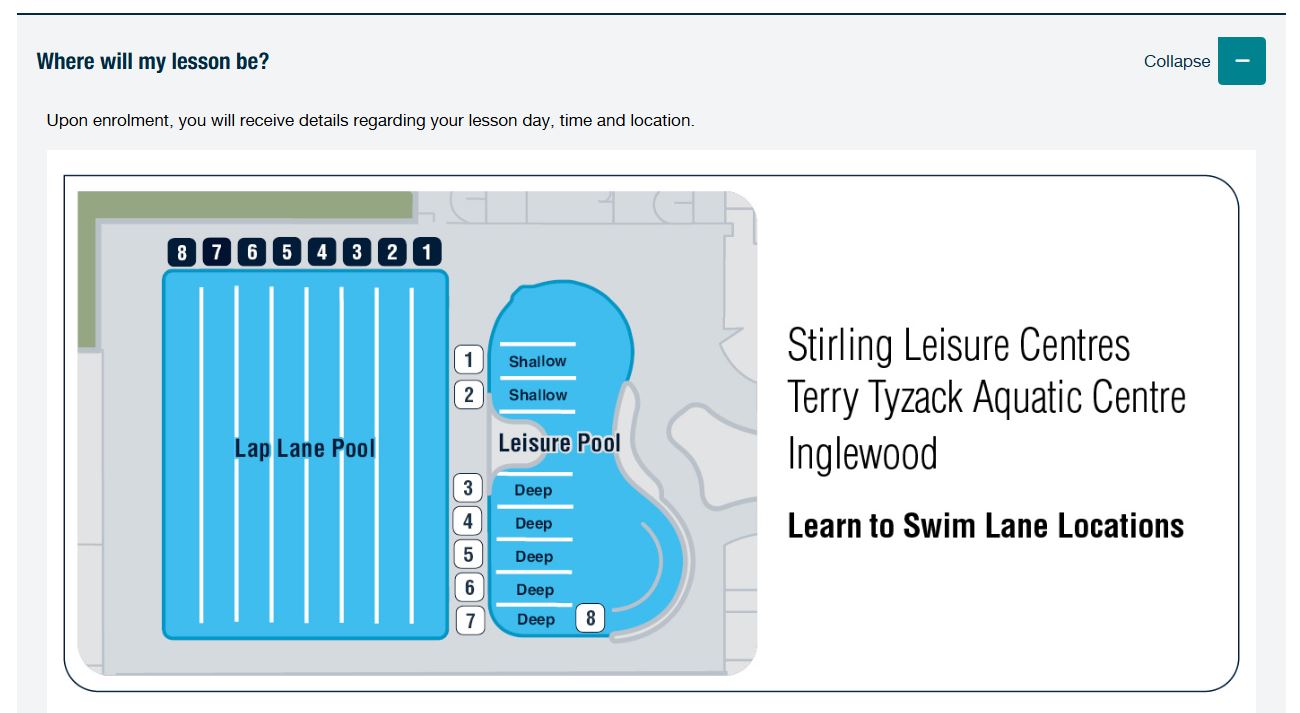


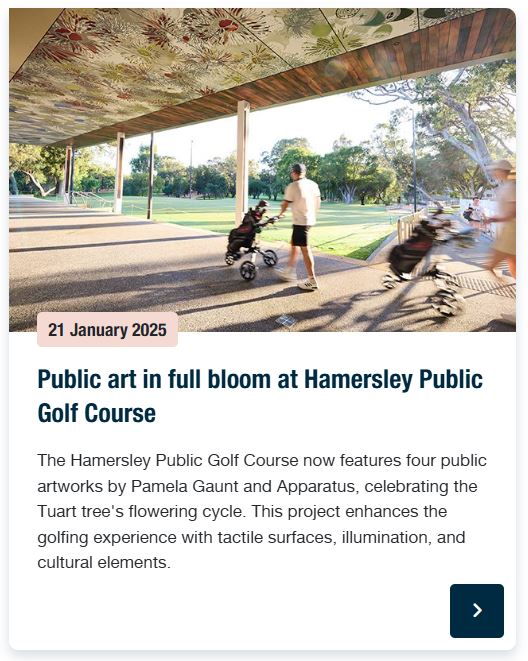

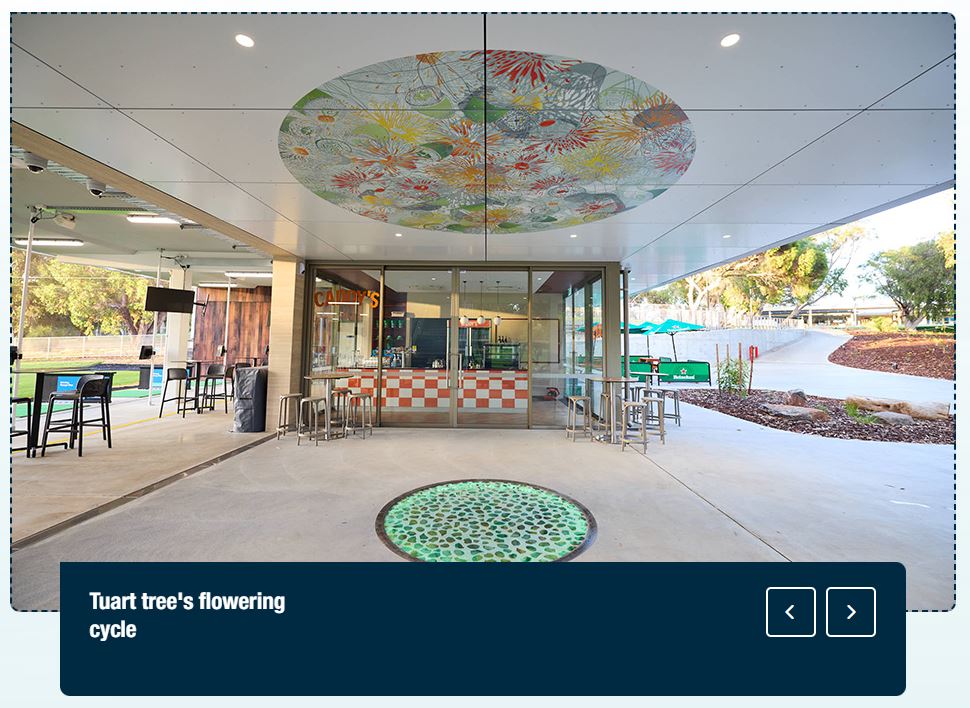





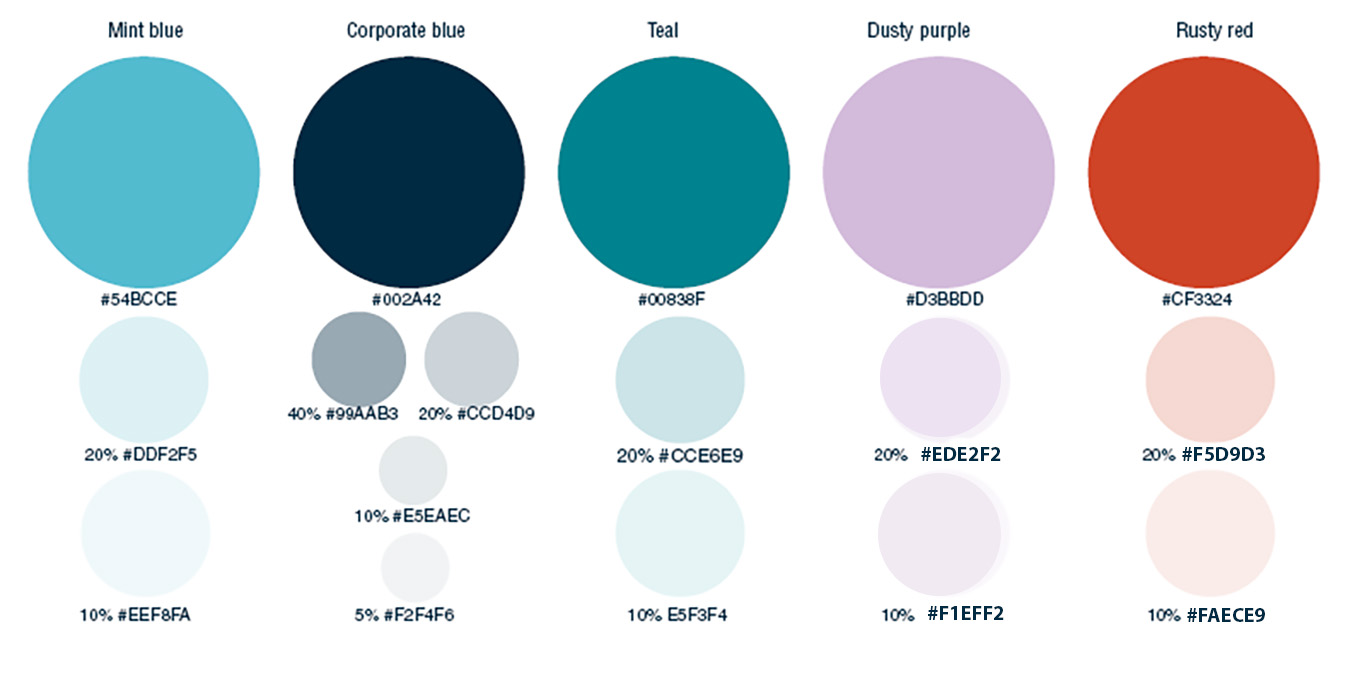













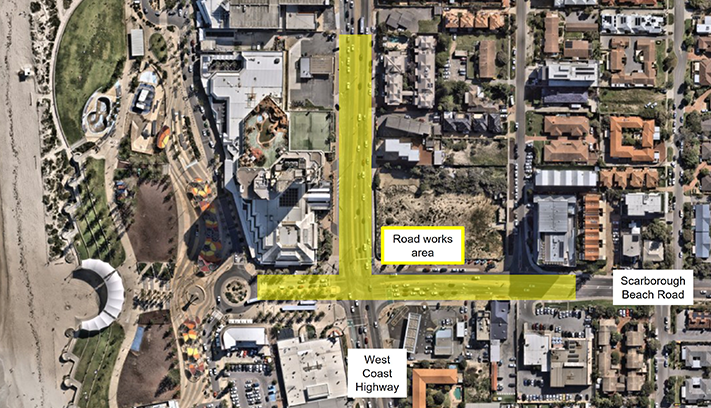
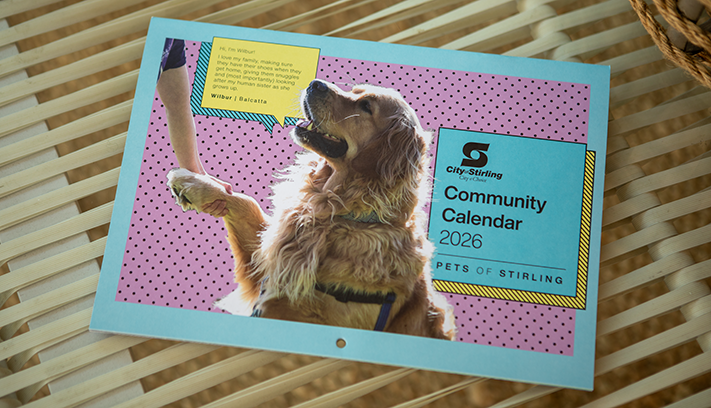



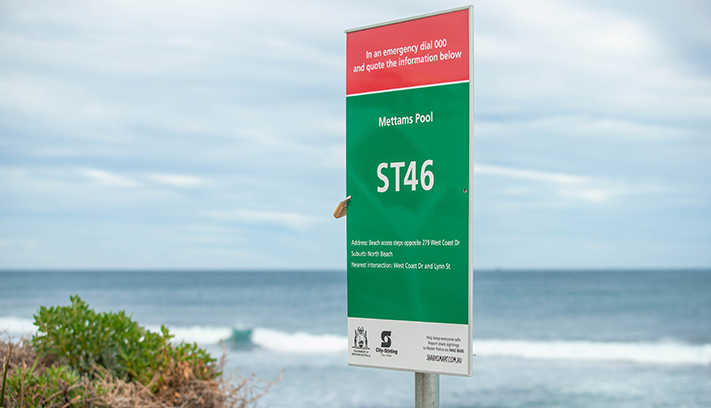


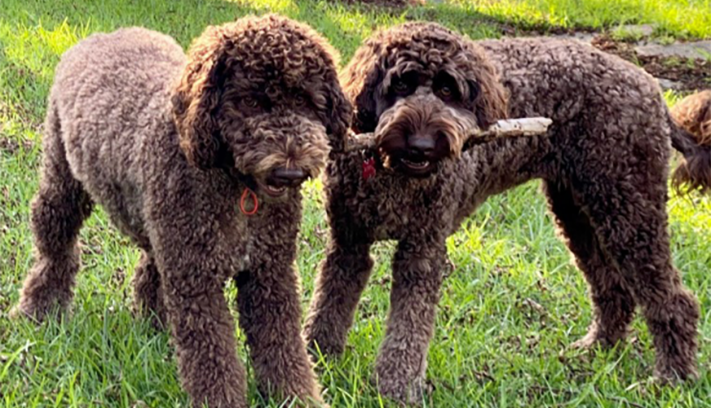




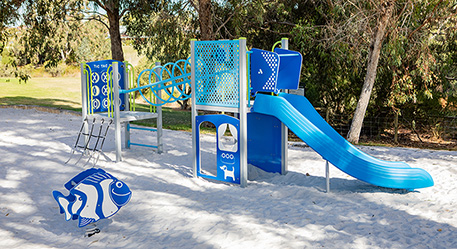

_457x249.jpg)
